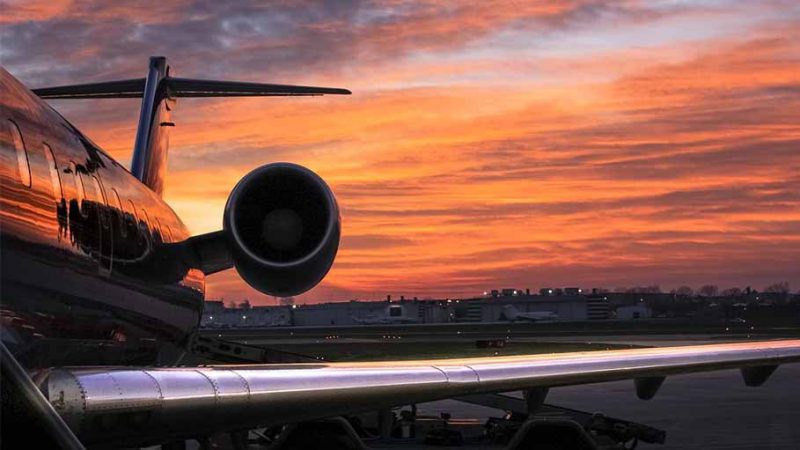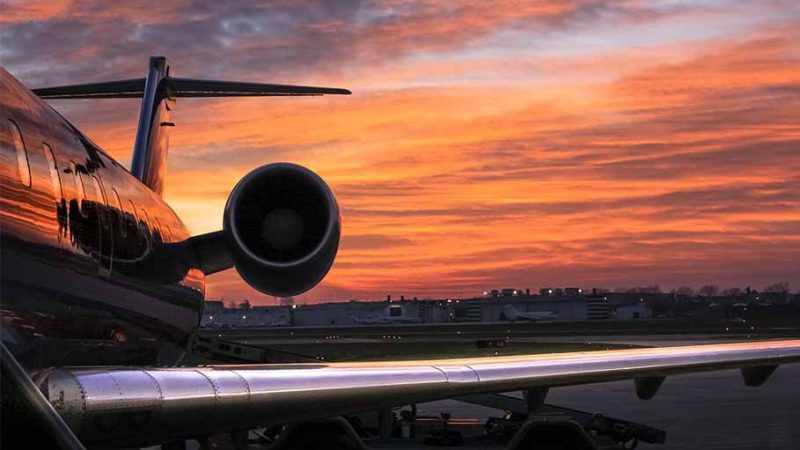IATA: 2020 Was Aviation’s Worst Year Ever
By every measure, the pandemic robbed the global air industry of the last 20 years of growth
August 4, 2021

In the years since the aviation industry started keeping track of such things, 2020 was the worst on record, according to the International Air Transport Association’s latest World Air Transport Statistics report.
The report details the impact of the COVID-19 pandemic on global air transport last year, when 1.8 billion passengers flew in 2020 compared to 4.5 billion in 2019, a decrease of 60.2 percent.
Overall air travel demand decreased by 65.9 percent from the previous year. International passenger demand plummeted by 75.6 percent, and domestic air passenger demand dropped by 48.8 percent, compared to 2019.
The drop in global passenger demand in 2020, measured in revenue passenger-kilometers, was the largest decline since the industry began tracking global RPKs around 1950.
The crisis also cut air connectivity by over half last year. At the outset of the crisis in April 2020, the number of routes connecting airports dropped by 60 percent year-on-year.
Total industry passenger revenues fell by 69 percent to $189 billion in 2020, and net losses were $126.4 billion in total.
The Crisis by the Numbers
Region-by-region, the IATA results showed the Middle East suffered the largest proportion of loss for passenger demand, with a drop of 71.5 percent in RPKs compared to 2019, followed by Europe (-69.7 percent) and the Africa region (-68.5 percent).
The Asia Pacific region fared better, flying 780.7 million passengers, a loss of 53.4 percent of its passenger numbers compared to 2019. The region’s relatively good performance was led by China, which overtook the US to become the largest domestic market last year for the first time on record.
Star Alliance maintained its position as the largest airline alliance in 2020, with 18.7 percent of total scheduled traffic, followed by Skyteam (16.3 percent) and Oneworld (12.7 percent).
The bright spot for the industry in 2020 was air freight, which at the end of the year was moving tonnage that approached pre-crisis levels. Nevertheless, cargo demand as measured in cargo ton kilometers still declined 9.7 percent year over year.
“2020 was a year that we’d all like to forget. But analyzing the performance statistics for the year reveals an amazing story of perseverance,” said Willie Walsh, IATA’s director general, who took over the reins of the organization in December 2020 at the end of the industry’s bleakest year.
“At the depth of the crisis in April 2020, 66 percent of the world’s commercial air transport fleet was grounded as governments closed borders or imposed strict quarantines. A million jobs disappeared. And industry losses for the year totaled $126 billion,” Walsh said.
However, heading into 2021 the industry is rebounding, as more confident travelers return in larger-than-expected numbers, thanks to the availability of vaccines, and to the industry’s global role in urging governmental action to establish international protocols for safe ways to reopen borders.
“Many governments recognized aviation’s critical contributions and provided financial lifelines and other forms of support. But it was the rapid actions by airlines and the commitment of our people that saw the airline industry through the most difficult year in its history.”
For more on the findings from the WATS report, click here.




